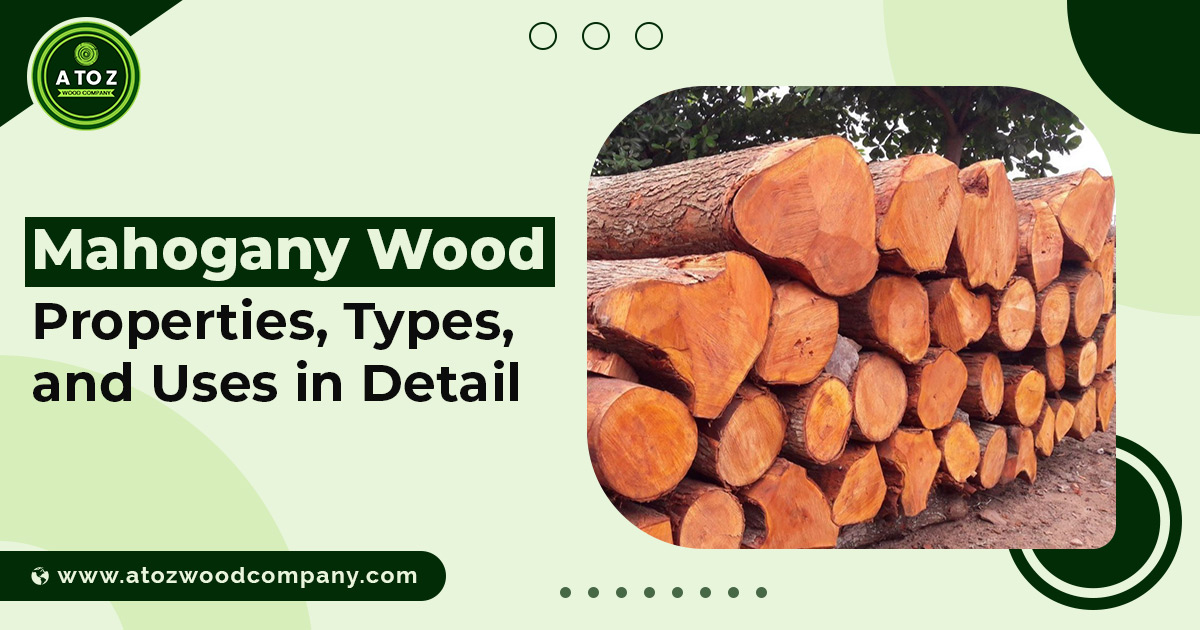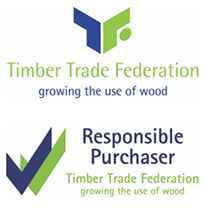Mahogany wood has long been revered in the woodworking and furniture industries for its elegance, rich reddish-brown color, durability, and dimensional stability. Whether it’s antique furniture, musical instruments, or high-end cabinetry, Mahogany has earned its place as a luxury hardwood with both aesthetic and practical appeal.
In this comprehensive guide, we explore Mahogany wood properties, various types, common applications, and why it continues to be a top choice for woodworkers and architects worldwide.
What is Mahogany Wood?
It is a tropical hardwood primarily harvested from three main genera: Swietenia, Khaya, and Entandrophragma. It is native to Central and South America, Africa, and parts of Asia. It is prized for its reddish to deep brown color, fine straight grain, and resistance to decay.
Despite facing challenges from overharvesting in the past, sustainably sourced Mahogany remains available from managed forests and certified timber suppliers.
Technical and Physical Properties of Mahogany Wood
| Property | Description |
|---|---|
| Scientific Name | Swietenia macrophylla, Khaya ivorensis, Entandrophragma cylindricum |
| Wood Type | Hardwood |
| Color | Reddish-brown to deep brown; darkens with age |
| Grain Texture | Straight to interlocked; fine and even |
| Janka Hardness | 800 – 900 lbf (varies by species) |
| Density (Dry) | ~0.55–0.75 g/cm³ (medium to high density) |
| Durability | Highly durable; naturally resistant to rot and insects |
| Workability | Excellent; machines and finishes well |
| Moisture Movement | Low; dimensionally stable |
| Finish | Smooth; accepts stain, oil, and polish beautifully |
4 Different Types of Mahogany Wood
There are several species of Mahogany, each with unique qualities. Here’s an overview of the most well-known types:
1. Honduran Mahogany (Swietenia macrophylla)
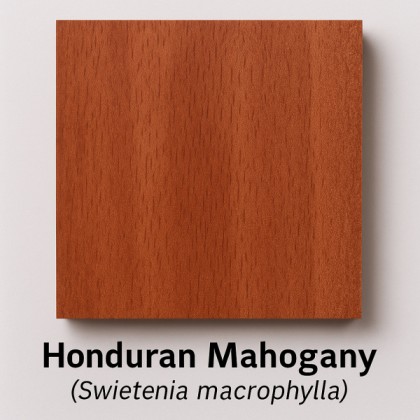
- Also called “Genuine Mahogany”
- Native to Central and South America
- Fine grain, excellent workability, rich tone
- Used in high-end furniture, boats, and musical instruments
2. African Mahogany (Khaya spp.)
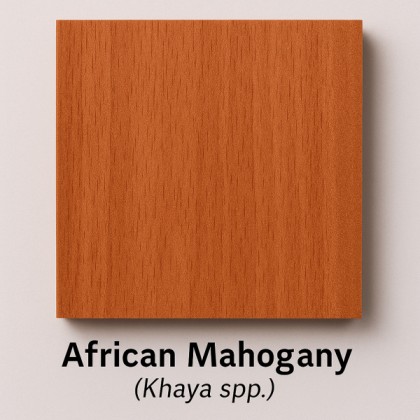
- Origin: West and Central Africa
- Slightly coarser grain, similar color and strength to Honduran
- More affordable and widely available
- Ideal for cabinetry, furniture, and paneling
3. Sapele (Entandrophragma cylindricum)
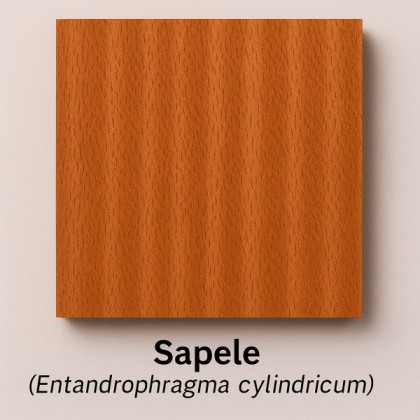
- Sometimes marketed as Mahogany
- Denser and harder with interlocked grain
- Attractive ribbon-like patterns
- Commonly used in flooring, doors, and musical instruments
4. Philippine Mahogany (Luan/Meranti – Not True Mahogany)
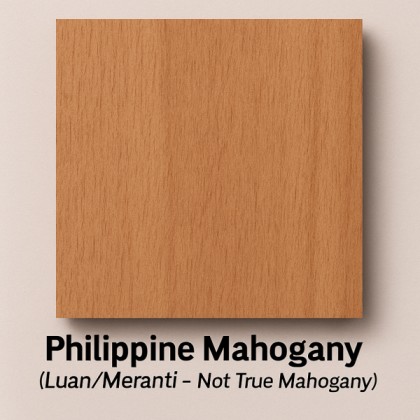
- Often mistaken for genuine Mahogany
- Softer, less durable
- Economical option for plywood and paneling
Uses of Mahogany Wood
It is highly versatile and used in both luxury and functional applications:
✅ High-End Furniture
It’s beauty and strength make it ideal for crafting elegant tables, chairs, cabinets, beds, and more. It holds screws and nails well and polishes to a smooth, rich finish.
✅ Musical Instruments
Due to its resonance and tonal quality, Mahogany is a preferred wood for guitars, violins, and piano cases.
✅ Doors & Windows
Its natural resistance to moisture and decay makes Mahogany suitable for solid wood doors, window frames, and shutters.
✅ Interior Paneling & Mouldings
It brings warmth and luxury to interior trims, mouldings, and wall paneling, often seen in upscale homes and executive offices.
✅ Boatbuilding & Exterior Applications
Honduran Mahogany is traditionally used in boat decks and hulls due to its water resistance and dimensional stability.
✅ Flooring
Denser Mahogany types like Sapele are used in hardwood flooring, offering beauty and wear resistance.
Mahogany Wood Price – Is It Worth the Investment?
Yes, it is a premium wood, and its price reflects that status. While it is more expensive than many hardwoods, its longevity, elegance, and performance justify the investment — especially in furniture, doors, and structures meant to last for generations.
Pricing depends on:
-
Species (Genuine Mahogany vs. African or Philippine)
-
Grade and thickness
-
Certification (FSC-certified wood may cost more)
-
Market availability and region
Where to Buy Mahogany Timber?
At AtoZ Wood Company, we supply sustainably sourced Mahogany timber in various forms including:
-
Logs
-
Sawn timber
-
Finished wood slabs
-
Custom-cut orders
Our Mahogany wood is suitable for interior, exterior, and luxury applications. We offer bulk exports to the USA, Europe, Asia, Australia, and other regions with full compliance on forest sustainability and timber legality.
Conclusion
Mahogany continues to be a top-tier choice for discerning woodworkers, furniture makers, and designers. Its stunning appearance, unmatched workability, and natural resistance to wear and decay make it a timeless material in woodworking.
By choosing sustainably harvested Mahogany from trusted suppliers like AtoZ Wood Company, you ensure both quality and environmental responsibility in your projects.
Frequently Asked Questions (FAQs)
Q: Is Mahogany good for outdoor use?
Yes, Genuine Mahogany and African Mahogany are resistant to moisture, decay, and insects, making them suitable for outdoor furniture, decking, and boatbuilding—especially when properly sealed or treated.
Q: Is Mahogany a sustainable wood choice?
It can be a sustainable option if sourced from certified, well-managed forests. Always look for FSC-certified Mahogany timber to ensure legal and eco-friendly harvesting practices.
Q: How to identify Genuine Mahogany?
Real Mahogany wood properties typically features:
- A reddish-brown hue that darkens with age
- Straight, fine grain
- Even texture and rich natural sheen
- It’s also heavier and denser than imitation woods. Ask your supplier for species verification and certification.
 +237 681 25 6934
+237 681 25 6934
